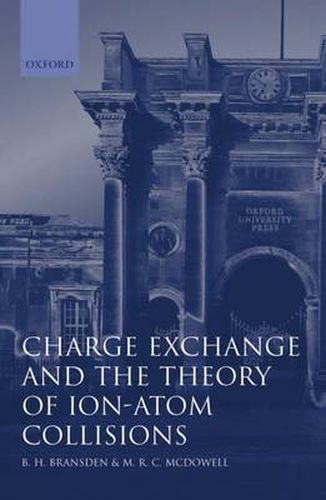Readings Newsletter
Become a Readings Member to make your shopping experience even easier.
Sign in or sign up for free!
You’re not far away from qualifying for FREE standard shipping within Australia
You’ve qualified for FREE standard shipping within Australia
The cart is loading…






During the last two decades the theory of ion-atom collisons, and particularly of charge-exchange reactions has advanced rapidly to the point where existing texts are no longer suitable as an introduction to the subject. This book aims to remedy the situation by providing an account of modern theoretical methods used to study the interaction of positive ions with atoms (or ions), concentrating particularly on charge exchange reactions. These reactions cannot be studied in isolation, and it is necessary to consider, to some extent, the whole range of ion-atom collisions leading to elastic scattering, excitation, and ionization. The material is presented at a level suitable for beginning research students and is self-contained, but assumes a knowledge of undergraduate quantum mechanics and atomic physics. It should also be useful for experimentalists who wish to assess the status of theoretical treatments of those collision processes in which they are interested.
$9.00 standard shipping within Australia
FREE standard shipping within Australia for orders over $100.00
Express & International shipping calculated at checkout
During the last two decades the theory of ion-atom collisons, and particularly of charge-exchange reactions has advanced rapidly to the point where existing texts are no longer suitable as an introduction to the subject. This book aims to remedy the situation by providing an account of modern theoretical methods used to study the interaction of positive ions with atoms (or ions), concentrating particularly on charge exchange reactions. These reactions cannot be studied in isolation, and it is necessary to consider, to some extent, the whole range of ion-atom collisions leading to elastic scattering, excitation, and ionization. The material is presented at a level suitable for beginning research students and is self-contained, but assumes a knowledge of undergraduate quantum mechanics and atomic physics. It should also be useful for experimentalists who wish to assess the status of theoretical treatments of those collision processes in which they are interested.